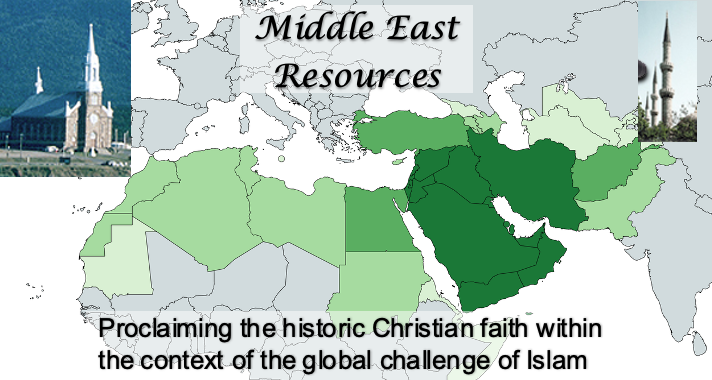ISLAMIC IMPERIALISM’S THIRD FEATURE: The Acquisition of “Surriyyas” Concubines
In March 2024, I posted an article on “The Nature and Extent of Islamic Imperialism.”
I pointed out that Islam was responsible for the rise of a unique imperialistic venture in history. No other world faith combined religion with politics and church with state as Islam has done as it spread through the sword. Muslims glorify their Futuhat (Conquests), claiming they were done in the Pathway of Allah.
Within one hundred years after the death of Muhammad, Islam had spread from India in the east to Spain in the west. The Islamic empire spread contiguously as a land mass, with a lasting impact on the conquered lands. While a few lands eventually freed themselves from Islamic domination, most others remained part of Darul Islam (Household of Islam).
In this article, I refer to an almost forgotten feature of Islamic Imperialism: The Acquisition of “Surriyyas”, a word that is often translated as “Concubines.”
The invading Arab Islamic armies not only acquired new lands where they imposed the Jizya tax on Christians and Jews but also sent scores of young women as concubines to Medina, Damascus, and Baghdad. This action constituted a new feature of Islamic Imperialism as described in a book by Professor Darío Fernández-Morera, Associate Professor of Comparative Literature and Hispanic Studies at Northwestern University, Evanston, Illinois.
Commenting on the rosy picture some Western authors depicted of the Islamic occupation of Spain (711-1492), Dr. Fernández-Morera responds to such claims:
“This book aims to demystify Islamic Spain by questioning the widespread belief that it was a wonderful place of tolerance and convivencia of three cultures under the benevolent supervision of enlightened Muslim rulers. As the epigraphs throughout this book illustrate, the nineteenth-century romantic vision of Islamic Spain has morphed into today’s ‘mainstream’ academic and popular writings that celebrate ‘Al-Andalus’ for its ‘multiculturalism,’ ‘unity of Muslims, Christians, and Jews,’ ‘diversity,’ and ‘pluralism,’ regardless of how close such emphasis is to the facts.” P. 1
Concubinage in Early Islamic History
The following are examples of the widespread acquisition of concubines taken from Wikipedia:
Umayyad Caliphate
“One Umayyad ruler, Abd al-Rahman III, was known to have possessed more than 6000 concubines.[93]”
Abbasid Caliphate
“The royals and nobles during the Abbasid Caliphate kept large numbers of concubines. The Caliph Harun al-Rashid possessed hundreds of concubines in his harem. The Caliph al-Mutawakkil was reported to have owned four thousand concubines.”
Almoravid and Almohad Empires
“In Al-Andalus, the concubines of the Almoravid and Almohad Muslim elite were usually non-Muslim women from the Christian areas of the Iberian peninsula. Many of these had been captured in raids or wars and were then gifted to the elite Muslim soldiers as war booty or were sold as slaves in Muslim markets.[95]”
Ottoman Empire
“The Ottoman rulers would keep hundreds, even thousands, of concubines in the Imperial harem. Most slaves in the Ottoman harem comprised women who had been kidnapped from Christian lands via the Barbary slave trade or the Crimean slave trade. Some had been abducted during raids by the Tatars while others had been captured by maritime pirates.[104] Female war captives were often turned into concubines for the Ottoman rulers.”
The information gathered from Western and Arab sources supports the thesis that Islamic colonialism was unique as it included the acquisition of women and using them as sex slaves, which are usually referred to as “concubines.” For a description of the fate of men who were acquired as slaves, please see The Veiled Genocide: A Forgotten Historic Tragedy.
 Middle East Resources
Middle East Resources
